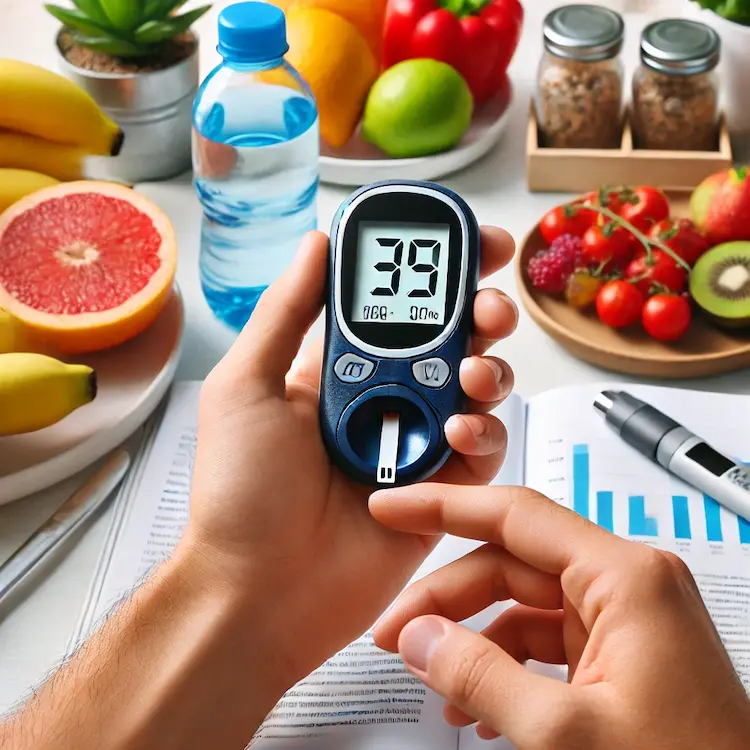Maintaining consistent health readings is crucial for managing overall well-being. Whether you’re monitoring blood pressure, blood sugar, or other vital health metrics, understanding how frequently to take readings is essential for accurate tracking and early detection of health concerns. This article delves into the recommended frequency of health readings, the importance of consistency, and the tools that aid in efficient monitoring.
Importance of Regular Health Monitoring
Why Track Health Readings?
Tracking health readings regularly helps detect anomalies early, ensuring timely medical intervention. It’s particularly vital for individuals with chronic conditions like diabetes, hypertension, or cardiovascular issues. Regular monitoring:
- Provides a clear health trend.
- Helps evaluate the effectiveness of treatments.
- Reduces the risk of complications by allowing adjustments to lifestyle or medication.
Impact on Society
Chronic diseases affect millions globally. For instance:
- Diabetes: According to the World Health Organization (WHO), over 420 million people globally have diabetes, and consistent blood sugar monitoring can prevent complications.
- Hypertension: The CDC reports that nearly half of American adults have high blood pressure, but only 1 in 4 has it under control.
Optimal Frequency for Health Readings
Blood Pressure Monitoring
Recommendations
- Normal Individuals: Once or twice a month to maintain baseline data.
- Hypertensive Patients: 1–2 times daily (morning and evening) for accurate tracking.
Tools
- Digital Blood Pressure Monitors: Compact, easy-to-use devices suitable for home monitoring.
- Wearable Technology: Smartwatches with blood pressure functionality provide convenience and frequent updates.
Blood Sugar Monitoring
Recommendations
- Type 1 Diabetics: 4–10 times per day, including before meals, after meals, and bedtime.
- Type 2 Diabetics: 1–3 times per day, depending on medication and dietary habits.

Methods
- Continuous Glucose Monitoring (CGM): Provides real-time updates every few minutes.
- Traditional Glucometers: Accurate but require finger pricks.
Weight and BMI Monitoring
Recommendations
- General Population: Weekly readings to track trends.
- Individuals with Goals: Daily for fitness tracking or weight management.
Factors Influencing Reading Frequency
- Health Condition: Chronic conditions necessitate more frequent checks.
- Age: Older adults might need more consistent monitoring.
- Activity Level: Athletes may monitor vitals daily to optimize performance.
- Medications: Some medications require close tracking of specific health metrics.
Comparing Tools for Monitoring
| Metric | Traditional Tools | Advanced Tools | Pros | Cons |
|---|---|---|---|---|
| Blood Pressure | Manual Sphygmomanometers | Digital Monitors, Smartwatches | Accurate, Easy-to-use | Advanced tools can be expensive |
| Blood Sugar | Glucometers | CGMs, Smartwatches | Real-time data for CGMs | CGMs require periodic calibration |
| Weight and BMI | Analog Scales | Digital Scales, Fitness Trackers | Digital scales provide trends | Fitness trackers need syncing |
Practical Tips for Accurate Readings
- Consistency: Take readings at the same time daily for reliable data.
- Environment: Ensure a quiet setting with minimal distractions.
- Posture: Sit upright and avoid movement during readings.
- Calibration: Regularly calibrate devices to maintain accuracy.
- Record Keeping: Use apps or logs to track readings for healthcare consultations.
Key Takeaways
- Blood pressure should be monitored 1–2 times daily for hypertensive individuals.
- Blood sugar tracking varies from 1–10 times daily depending on diabetes type.
- Tools like CGMs and smartwatches enhance ease and accuracy.
- Consistency and proper methods ensure reliable data for informed decisions.


